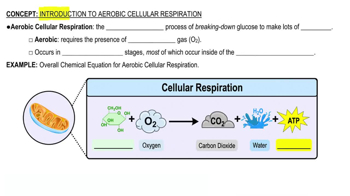Textbook Question
When electrons flow along the electron transport chains of mitochondria, which of the following changes occurs?a. The pH of the matrix increases.b. ATP synthase pumps protons by active transport.c. The electrons gain free energy.d. NAD+ is oxidized.
2992
views






